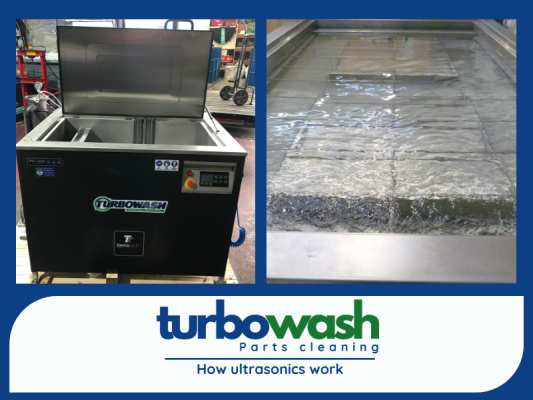Ultrasonic cleaning uses high-frequency sound waves to clean objects. Here’s how it works in simple terms:
Preparation: Items to be cleaned are placed in a tank filled with a cleaning solution, usually water mixed with a mild detergent.
Generation of Ultrasonic Waves: An ultrasonic transducer, attached to the tank, produces high-frequency sound waves, typically between 20,000 and 40,000 Hz.
Cavitation: The ultrasonic waves create rapid pressure changes in the cleaning solution. This leads to the formation and collapse of tiny bubbles in a process called cavitation.
Cleaning Action: The collapsing bubbles produce tiny but powerful shock waves that dislodge dirt, grease, and other contaminants from the surface of the items. This action can reach into small crevices and hidden parts of complex objects.
Rinsing and Drying: After the cleaning cycle, the items are usually rinsed with clean water to remove any remaining detergent or loosened contaminants, then dried.
Ultrasonic cleaning is suitable for delicate items like medical instruments and electronic components as well as engine parts and manufacturing components, as it cleans thoroughly without causing damage.

